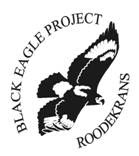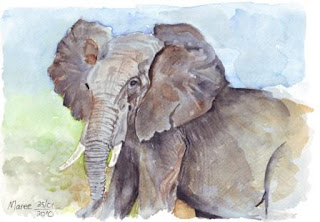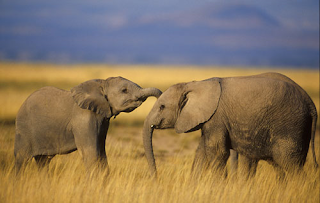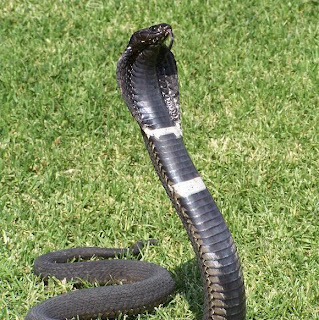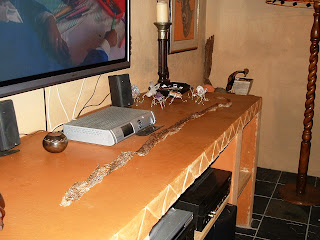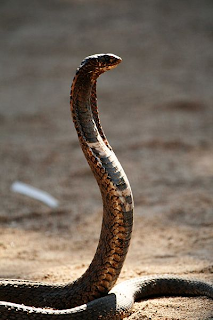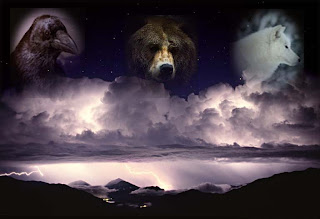"Deadly Spiders" at Eagle Canyon

"I had an e-mail from concerned someone who lived at Eagle Canyon, a Golf Estate in Gauteng. After receiving a hoax e-mail regarding Violin Spiders, the Estate Manager decided that to protect all the children on the estate, all spiders should be killed on sight. I was also told that there were Violin Spiders everywhere in people’s houses. Cool! I said, please collect some and bring them along to the talk.
Feelings obviously ran deep as I received a phone call instructing me not to say any good things about spiders. As you can imagine... I was not impressed. This kind of behaviour really disturbed me so I offered to give the facts about venomous spiders and scorpions.
I gave a presentation that I give to Pretoria University for their Diploma on Tropical diseases. It’s a post doctoral course and therefore my data and presentation has to be top notch, referenced and based on medical facts. I had modified it for the target audience but it contained the same facts, spider bite pictures and reference to hoax emails.
Digital projector and laptop under my arms I entered the Club House determined to present the facts, and answer any questions that they may have. The talk was well attended but I could see that it was going to be an uphill battle. The majority of the audience were so negative and misinformed. Claims of spider bite victims slipping into comas, descriptions of massive tissue damage and even numerous unnamed medical Doctors who were grateful that I was going to warn the public of the dangers these spiders cause were kicked around with idle contempt. Initially I was told that “there are Violin Spiders everywhere inside houses”, something I serious doubt in Gauteng. Someone did bring a single dreaded Violin Spider to the presentation but it was in fact a harmless Wolf Spider. So much for Violin Spiders running around everywhere.

During the presentation I gave the facts. What was interesting was the lack of understanding and appreciation from the educated audience. Most of us want to live with Nature and even pay a premium for it. The Golf Estate was no exception. However, when nature comes too close some get upset and react in an irrational way. “Kill it” is the reaction but hang on... We as humans built out homes on their homes. We have destroyed their natural habitat and provided attractants such as lights at night, water and favourable habitats. It’s no wonder that many creatures seek refuge near human habitation.
Something that that I always find to strange is that we shop at Woolworths because their food is pesticide and additive free. We pay a premium for organic vegetables and meat because of the risks associated with preservative, colour enhancing and growth stimulating chemicals that so many foods contain today. However, we are perfectly happy to spray our homes top to bottom with insecticides in order to kill insects that we encouraged to move in, in the first place. These insecticides are safe in small doses but how many of us actually adhere to the recommendations on the back of the can? These recommendations are there to make the product safe to use. Spray more than you should do and you are exposing you and your family to harmful levels of toxic chemicals.
Another issue I want to touch on in this article is the idea of unused land is waste land. Open, unused land is not wasteland. It’s not a piece of land that should be manicured, tidied up or made visually beautiful. It’s a piece of naturally occurring land that provides much needed micro habitats to a myriad of creatures and plants. It’s not a waste of space. They are islands within the urban environment where nature can thrive and seek shelter from humanity. Don’t hack and slash the grass, remove rocks to build a rockery, introducing Large Mouth Bass to natural waterways spells death for indigenous fish and amphibian populations.
Of all the preconceived ideas that had prompted me to give the presentation, not a single one was rational and factual. As I wrapped up my presentation, I felt I had added my bit of good in the world. The facts had been presented, questions answered, hoaxes expound, opinions changed. I hoped that the little good that I had done would spread to others at the Golf Estate and even further. The spiders would not be seen as deadly creatures to be persecuted on site. A little more thought would be taken, and a little more tolerance and respect would be given to Mother Nature."


